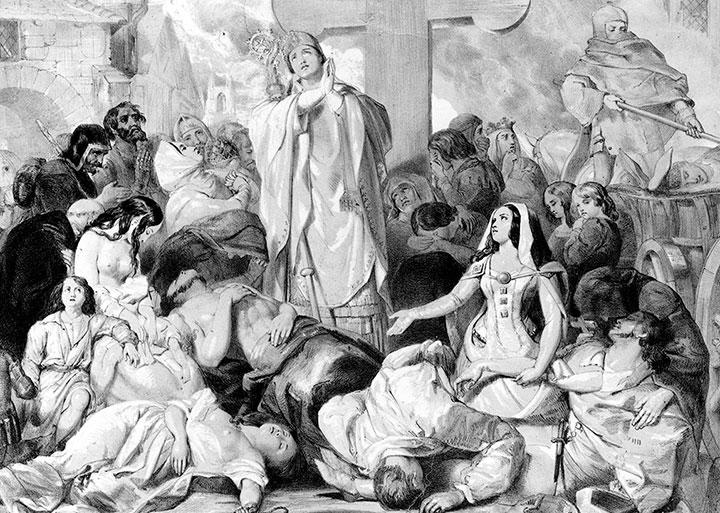Major Pandemics Through History
The Ebola outbreak that was first reported in March 2014 has infected more than 28,000 people, with more than 11,300 deaths.
Pandemics are generally defined as epidemics that occur over a wide area, crossing international boundaries and affecting a large number of people. Following are some of history’s largest pandemics, with their estimated death tolls.
Compiled by Jennifer Shyue ’17
Plague of Justinian
Byzantine Empire
Bubonic plague
25 million
Black Death
Europe
Bubonic plague
75–200 million
Third Plague Pandemic
China/India and beyond
Bubonic plague
12 million
1918 Flu Pandemic
Worldwide
H1N1 influenza virus
24–40 million
HIV/AIDS
Worldwide
HIV
39 million
Sources: Centers for Disease Control; World Health Organization; Wikipedia; The New York Times

















No responses yet